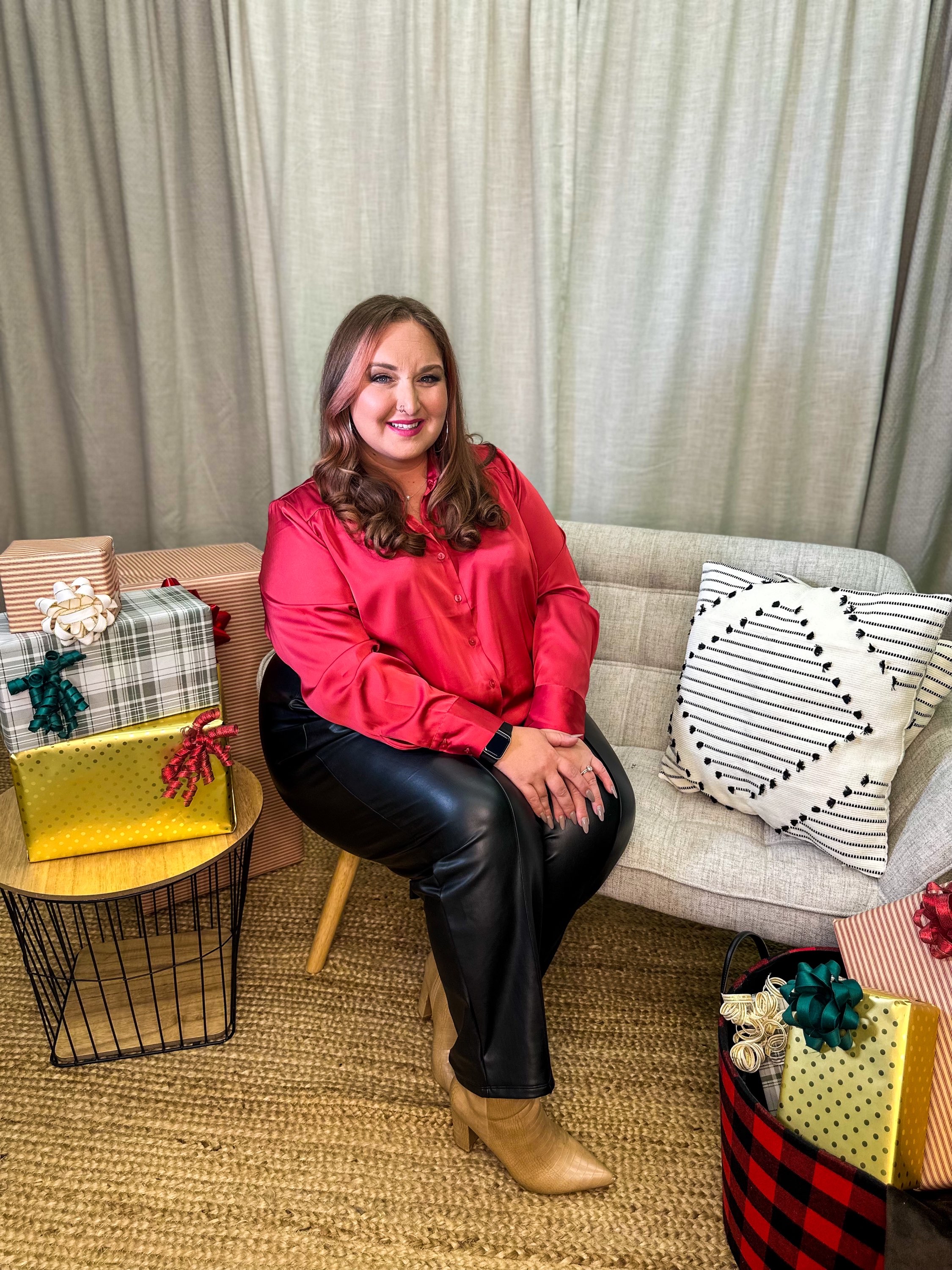You Don’t Need More Followers—You Need a Signature Talk That Sells
- Leslie Jespersen
- Jun 6, 2024
- 3 min read
Updated: Aug 1
Why growing your audience won’t matter if you can’t own the stage
If you’ve been stuck in the cycle of posting more, trying new hooks, testing Reels, and hoping the algorithm will finally reward your efforts—let me stop you right here.
You don’t have a visibility problem. You have a clarity and conversion problem.
I’m Leslie Jespersen—event producer, media strategist, and founder of Center Stage Speaker School. I’ve worked with countless coaches, educators, and service providers who spent years chasing more followers… only to realize it wasn’t translating into revenue, clients, or real momentum.
The missing piece? A signature talk that sells.
In this guide, I’ll show you why your next level isn’t in another content hack—it’s in mastering the one skill that positions you as an expert, builds trust faster than any post ever could, and turns strangers into clients on the spot.
Table of Contents
Why Social Growth Doesn’t Equal Sales
You’ve been told to “just keep showing up.”And maybe you have. You’ve posted value, shared your story, followed all the right trends… and still feel like your growth is flatlining.
Here’s the truth: having a large following is not the same as having a profitable business.
In fact, some of the highest-paid speakers and coaches in my world don’t even have 5K followers. What they do have is a message that moves people—and the ability to deliver it in a way that positions them as the expert, right away.
Social content is passive.Speaking is active.And active presence converts.
The Real Power of a Signature Talk
Your signature talk isn’t just a speech. It’s the bridge between your purpose and your profit.
Done right, a signature talk will:
Establish your credibility in the first few minutes
Connect emotionally with your audience
Introduce your framework or process
Shift beliefs and show what’s possible
Lead naturally into your offer or next step
This is how you turn a room full of strangers into leads, clients, fans, and brand advocates. Whether you're at a live event, hosting a workshop, or speaking on a podcast—it’s the same structure.
A signature talk makes you memorable. And memorability leads to money.
What Makes a Signature Talk Sell
A signature talk that actually sells (without sounding like a pitch) has three components:
1. A Clear Message
This isn’t your entire life story. It’s a specific transformation you’re uniquely positioned to help your audience achieve.
You should be able to answer:
What is the core idea I’m trying to communicate?
What limiting belief am I dismantling?
What action do I want them to take?
2. Strategic Structure
Forget rambling. The most powerful talks follow a flow:
Open with a hook or story that grabs attention
Build emotional connection and credibility
Teach through story or framework
Introduce the “gap” your work solves
End with clarity, impact, and a next step
This is what we teach inside Center Stage Speaker School. It’s not about memorizing lines—it’s about owning your message from the inside out.
3. Embodied Delivery
The words matter—but your energy carries it.
We train our students to speak with full-body presence: knowing how to pause, read the room, adjust for different mic types, and deliver with confidence.
You don’t need to be loud or extroverted. You need to be embodied.
Turn Your Talk Into Your Business’s Most Powerful Tool
You don’t need a new content strategy. You need a stage strategy.
One talk can outperform months of content—because people remember how you made them feel in the room, not just what you posted online.
If you’re ready to finally get your message clear, powerful, and profitable, here’s where to start:
This free guide walks you through the exact structure we teach inside Center Stage Speaker School to create a talk that connects, converts, and books you more opportunities.
The stage is calling. You ready?


Comments